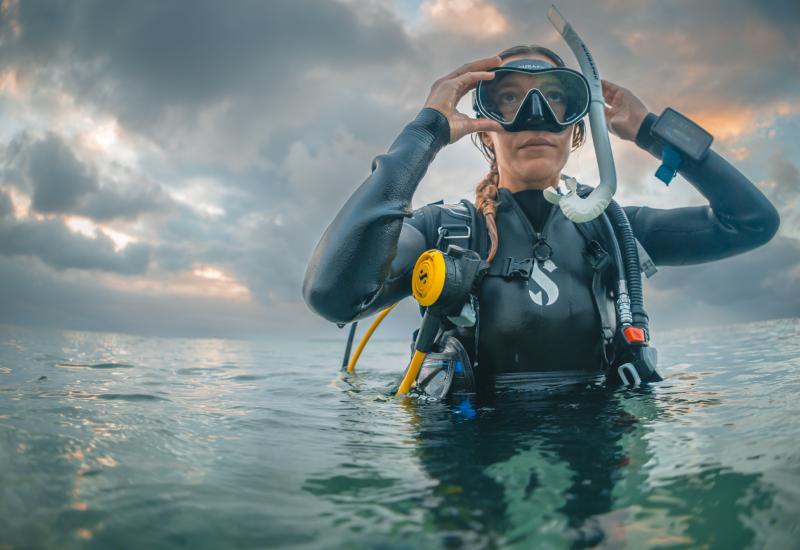5 Tips For Effective Underwater Communication
Divers can’t just open their mouth to explain what’s going on underwater. That’s why basic hand signals are an important part of holding an open-water certification. But communicating clearly underwater takes more than a few basic signs. Here are five tips for effective underwater communication.

ShutterstockBasic hand signals are an important part of holding an open-water certification.
1 ) Master the Basics
The core hand signals divers need to know cover two vital categories of information: directional commands like up/down, stop or turn around; and situational cues like I’m OK, low on air or some- thing is wrong. These basic signals are the same around the world. Master them just as you would mask clearing or any other skill.
2 ) Talk Topside
Nonstandard hand signals, like signs for marine life, can vary by person or place. When- ever you dive with a new buddy, go through the hand signals you might use before you get in the water. Divemasters usually cover their most common hand signals in their predive briefings.
3 ) Make Noise
Sound transmits better through water than air, so making noise can be an effective way to get someone’s attention. This can be as simple as banging on your tank with the handle of your dive knife, but there are a variety of shakers, tank bangers and air-powered noisemakers like the DiveAlertPlus (below) available.

Courtesy Dive AlertDiveAlertPlus
4 ) Be Obvious
When giving signals, don’t just casually throw a quick sign. Bring your hand up in front of you, then slowly and deliberately make the signal within your buddy’s line of sight. Don’t assume the other diver sees you — get a response before moving on.
5 ) Make Your Own Language
If you and a buddy dive together frequently, or you regularly do a specific activity like photographing models underwater, you’ll likely develop your own specialized communication. This can be a great way to have conversations underwater — just make sure you explain your signals when diving with someone new.










